- EV destination chargers leverage dwell time at places like shopping malls and theme parks to refuel electric cars
- Destination charging can be more efficient and convenient than rapid charging
- A mindset shift is needed to change how we charge
I’ve spoken before about how we’re approaching how we charge our EVs in a way that doesn’t make sense. We’re trying to emulate the process of going to a gas station, which let’s face it, isn’t anyone’s favorite experience.
We have a chance to change how we approach charging and a big part of that is thinking about the places we spend the most time. There’s a hierarchy of practicality here with charging at home at the top of the list, closely followed by charging at work. Of course, this isn’t possible for everyone, but next up on that list is EV destination chargers at the places we visit.
It’s All About Dwell Time for Destination Chargers
There are plenty of destinations out there where it’s natural to spend significant time. This might be the shopping mall, a theme park, the trailhead car park, or the cinema. While your car is parked and you go about your activities, it makes sense to be plugged in and charging. This means you come back to more range without the need to wait around.
ADVERTISEMENT
While there’s still a need for fast DC charging near highways for those who just need a quick top-up, we shouldn’t discount the need for slower AC charging options at popular destinations.
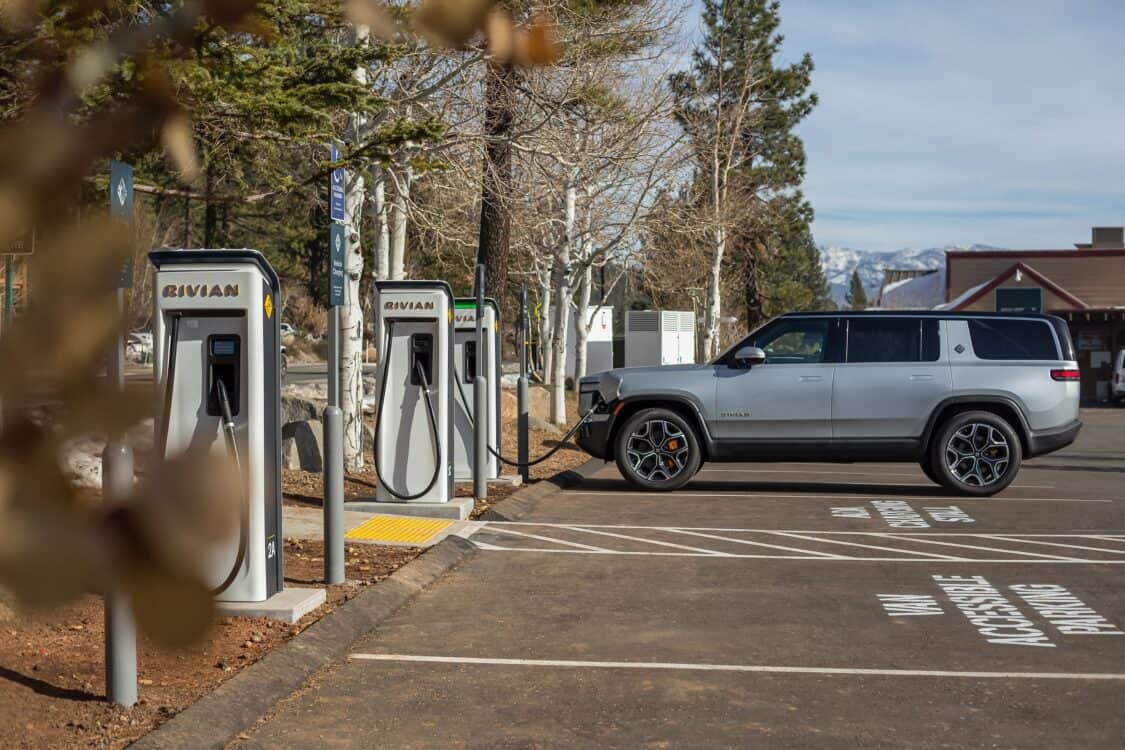
Charge Where You Park
Let’s say you’re off to a theme park for the day. It’s 150 miles away so you’ll need to charge at some point. You could leave a little early to get in a 20-minute charge at a rest stop or you could return home a little later and charge on the way home. In the average EV that does a comfortable 250 miles to a full charge, let’s say a Ford Mustang Mach-E, this charge will cover those extra miles for the round-trip journey.
For the seasoned EV driver, this doesn’t sound too bad. Sure, it’s an earlier start but it’s part of driving electric right? Well, it doesn’t have to be. Let’s say the theme park you’re visiting has a few 7 kW chargers. This allows you to plug in when you arrive and then forget about your EV while you enjoy the food, rides, and vibe — all without an extended stay at a rapid charger on the way there.
How Destination Charging Covers Your Round-Trip Needs
Let’s say you leave home with a full charge. On a standard-range Mach-E, that’s about 250 miles, meaning you’ll be on about 40% by the time you arrive at your destination 150 miles away. The average stay at a theme park is around six hours, which would allow a vehicle to charge up by 42 kWh on a 7kW charger in that time. For the Mach-E, that’s around 58% of its 72 kWh battery capacity.
Even when you take into account that charging slows as you near 100%, that’s still plenty for the return journey. In fact, to get home comfortably, you only need 20-30% extra charge in this scenario. So even at a smaller theme park, you only need to be there for about three hours before you’re charged up enough to tackle the 150 miles home.
ADVERTISEMENT
Of course, all these figures will vary for your particular vehicle and situation, but it illustrates just how practical it can be to charge at your destination. Of course, you still might want to stop at that service station for a coffee, bathroom break, and a snack during your journey but you can skip the charger, which means you can be on your way quickly. It also means you don’t have to hunt down a soulless rest stop with a charger in its car park, you could seek out that roadside food truck for early morning breakfast burritos.
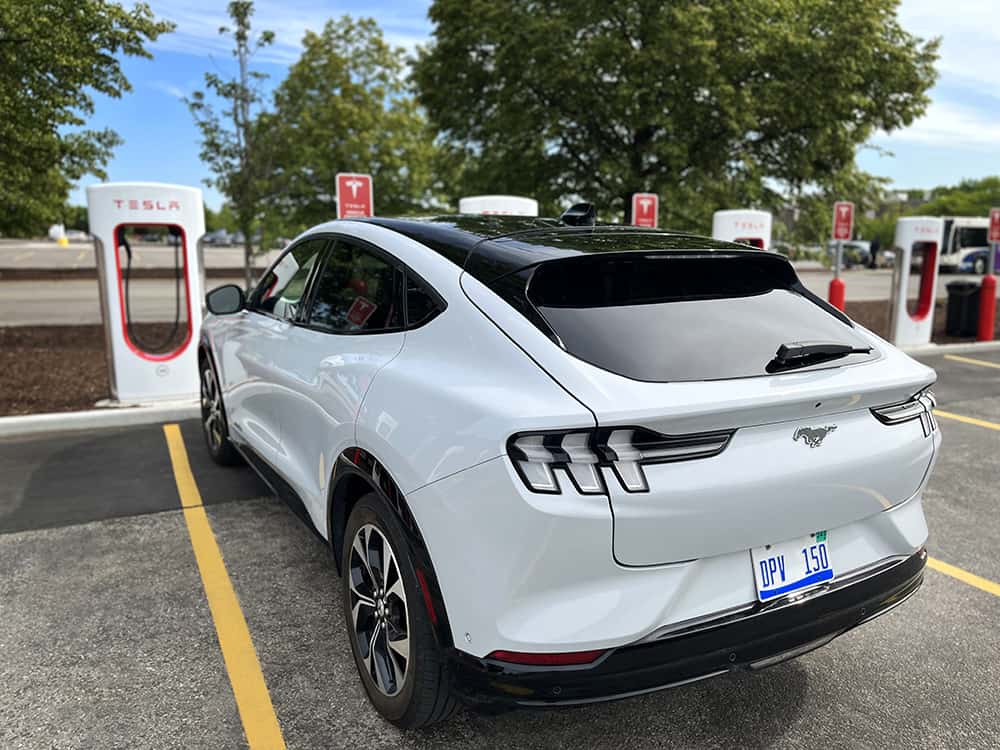
We Need to Start Thinking Differently About Destination Chargers
Whenever people talk about improving EV infrastructure, they’re usually talking about the fast charging network but we shouldn’t overlook the power of AC chargers — especially in car parks and at the destinations we like to spend time at.
ADVERTISEMENT
For those of us who have spent years driving gas-powered vehicles, it’s difficult to shift to a new way of thinking. Typically, when we know we need to refuel, we just look out for a gas station as we drive, there’s no pre-planning needed. With an EV, it’s not always that simple and it’s the planning element and the range anxiety (well, charger anxiety) that comes with it that puts people off electric travel.
But imagine if the only amount of planning you needed was to check if your destination has a charger — or better yet, we get to a point where we know that all big destinations have plenty of chargers. This is so much more convenient than waiting in your car during a fast charge at a gas station.
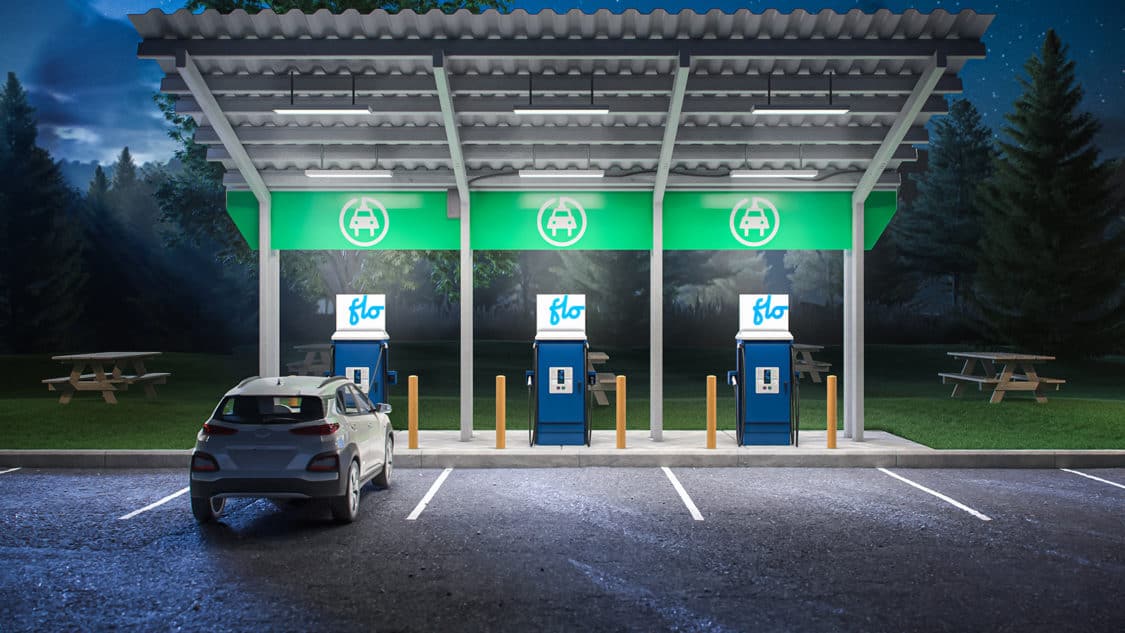
The World is Catching on
Tesla has had a wide destination charging network for a while now and you can find these chargers in hotels but also at spas, national parks, lakeside resorts, museums, and ski destinations. Beyond the Tesla network, you have even more options. For example, Rivian has its Adventure Network that puts chargers in the types of outdoorsy locations its drivers love, while the destination owners themselves are also starting to realize that catering to EV drivers is a good idea.
ADVERTISEMENT
In the UK, RAW Charging has just agreed on a deal with Merlin Entertainments — which runs theme parks such as Alton Towers and LEGOLAND Windsor — to install chargers at its locations. While in Australia, the government of New South Wales is offering grants and funding to regional destinations to encourage them to install AC chargers.
What this means is that charging your EV could soon become even more convenient than filling an ICE vehicle with gas. It might take time for the destination charging infrastructure to grow, but as it does, we’ll no doubt see a shift to people charging in the places they park, rather than relying on pit stops at gas stations where there happens to be a DC fast charger.

IMAGES: RIVAN, FORD, FLO
FTC: We use income-earning auto affiliate links. Learn more.


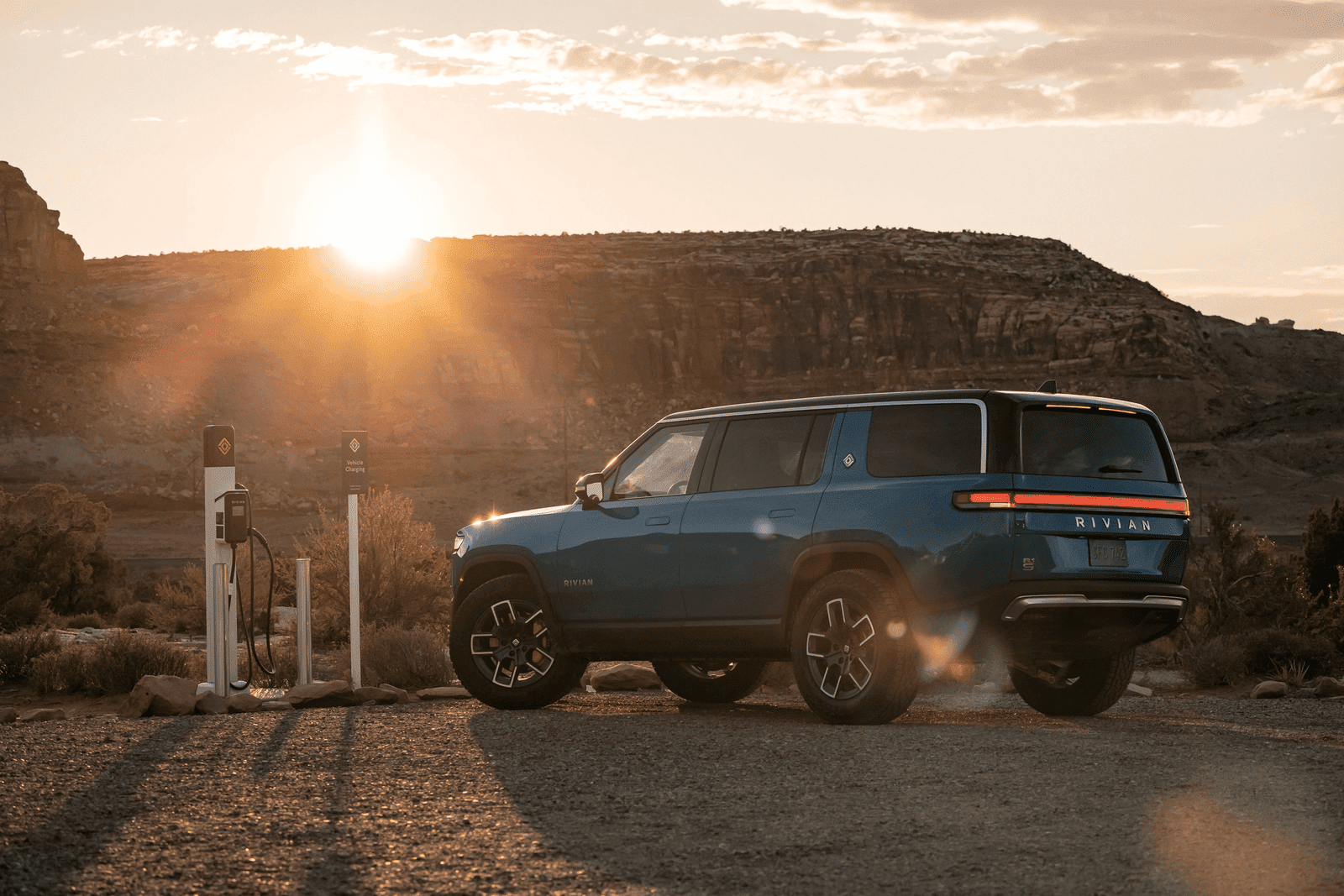
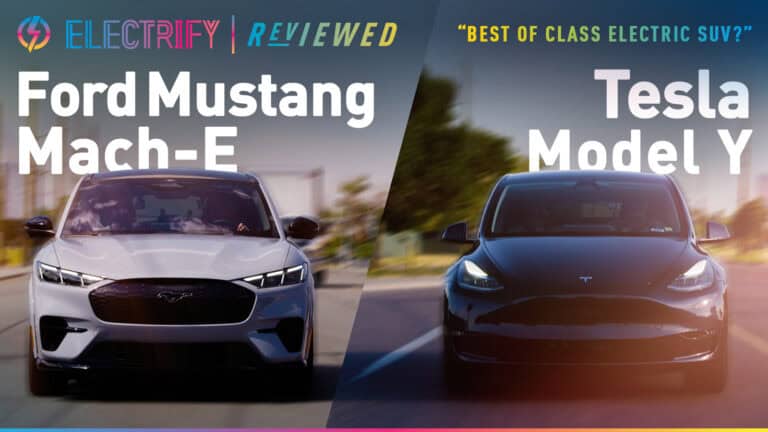
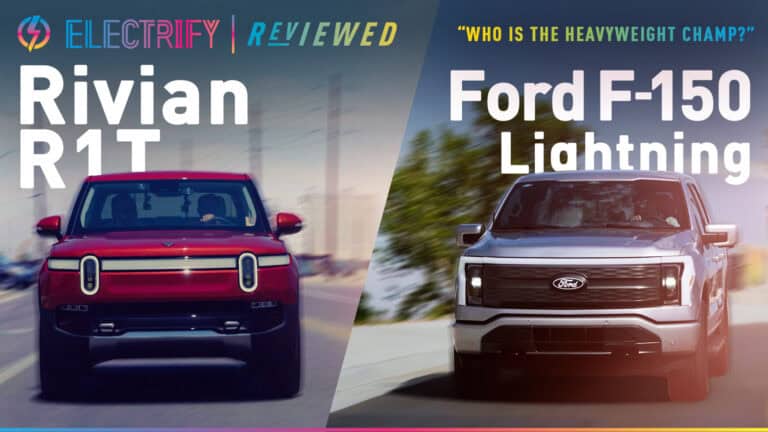
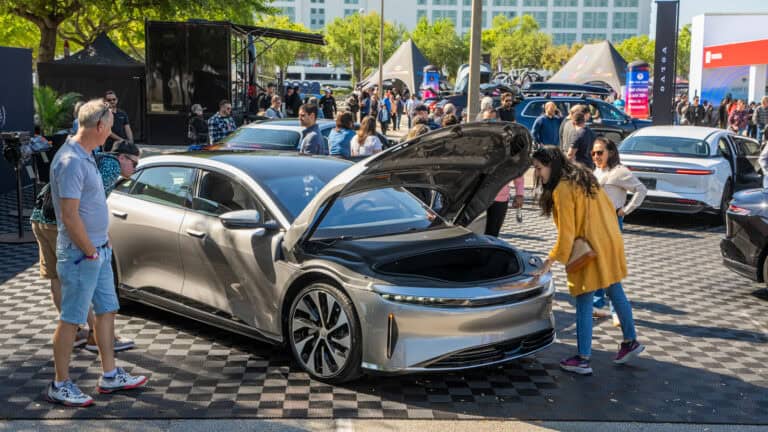

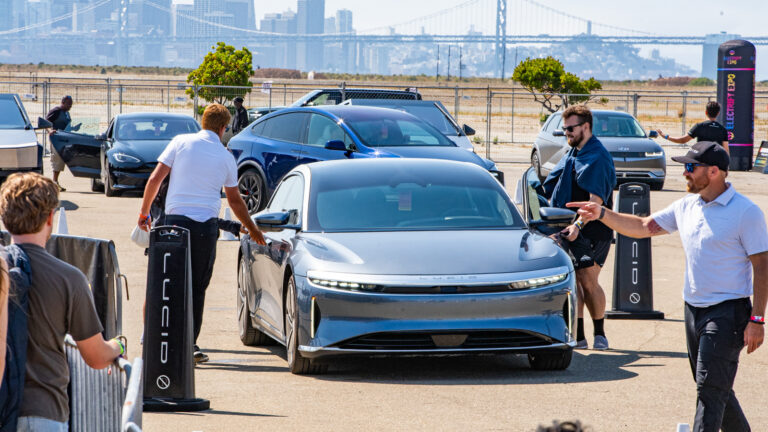
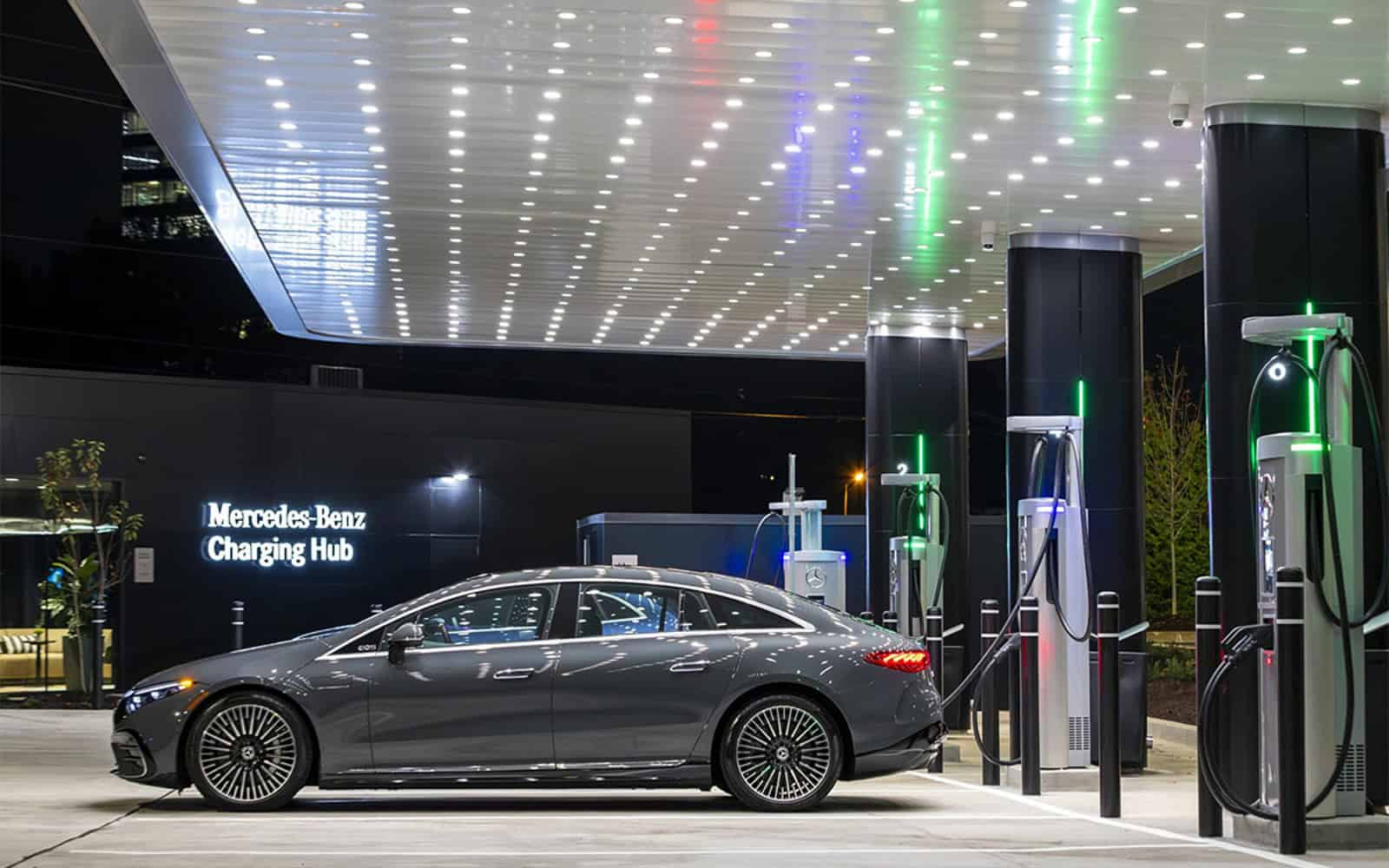
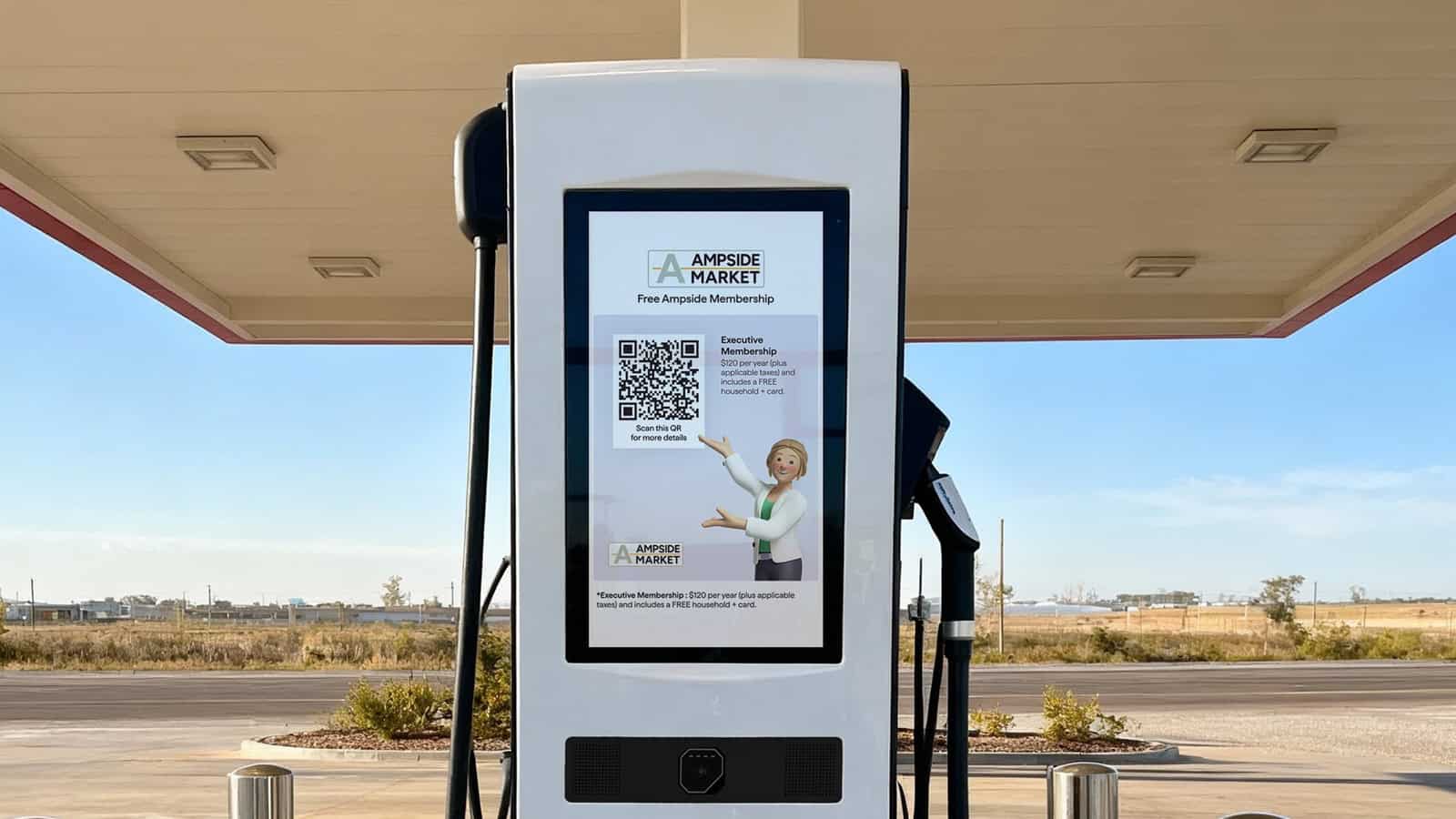
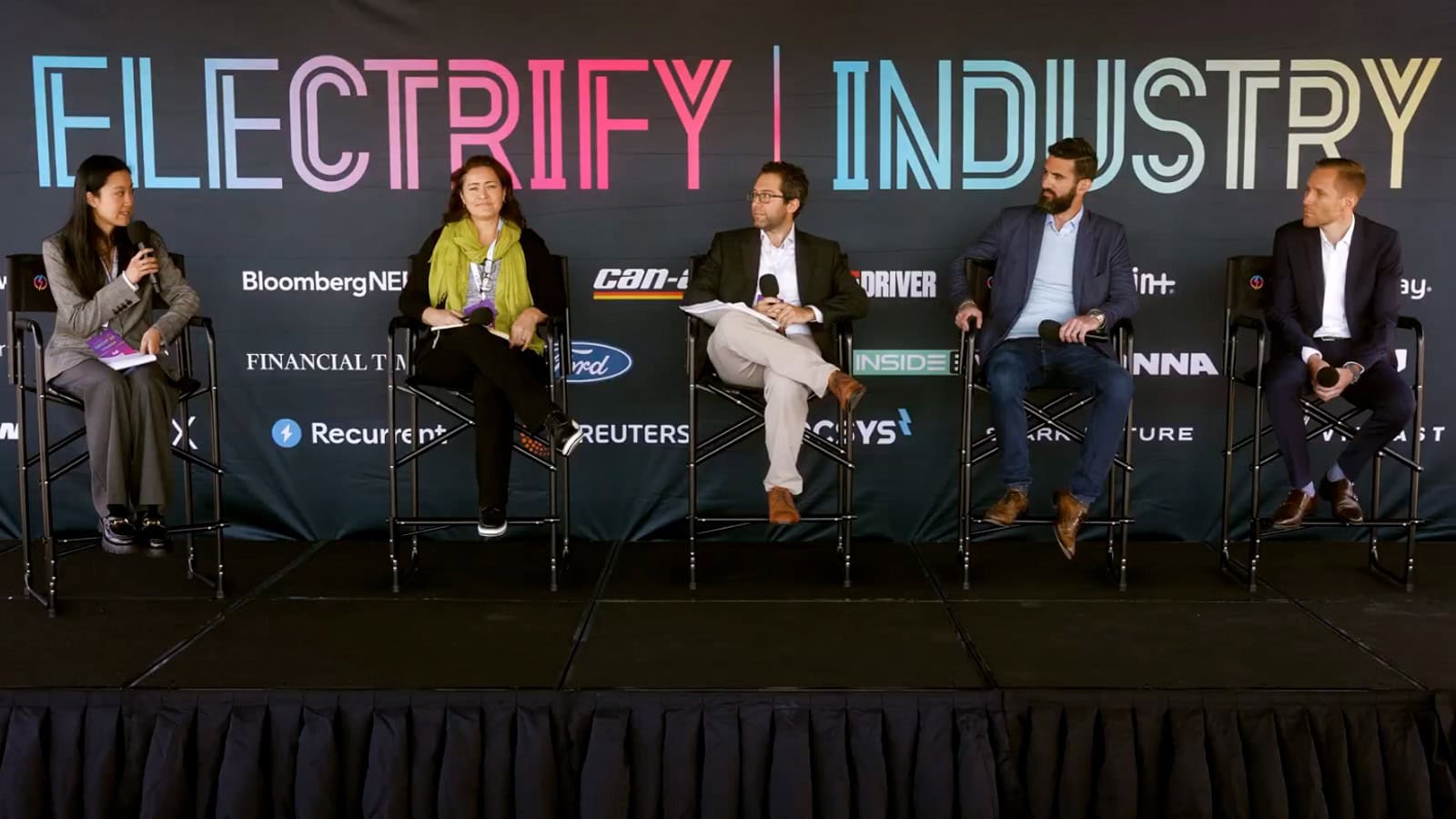

2 Responses
Sorry but I could not disagree anymore. While on the surface it sounds great, there realities that make it not work. 1) I have a theme park 200 miles away. I can make a 10-minute stop along the way at a convenient DCFC, much like a fuel stop, and drive as wastefully as I want, OR I can use the theme park tier 2 chargers. But I must pay for preferred parking. Once I do that, I can find them all full, too bad for me, no refunds. 2) I find the same issue at hotels, all the chargers taken. Some by Teslas, that are already well charged. Tesla owners are told to leave their car plugged in all the time. I offer my tier 2 at home to our Air BnB guests. I often must ask the Tesla owners if it is OK for me to use it because they are always plugged in. 3) Destination chargers are typically only available during business hours. No access for emergencies.
With American acceptance of EVs growing, the sheer number of chargers required at each destination just makes this impractical. The money is better spent on DCFCs on major highways and not just interstates.
IMHO
Thanks for the comment. I totally see your points. There’s a need for all sorts of chargers and I’m not saying we should scrap DCFCs, but add more destination chargers too. With more destination chargers in a car park, you wouldn’t come up against the same problems. And the preferred parking cost is on the theme park. Where I am, parking at a theme park is either free or a flat cost so I’d only be paying for charging.
There needs to be a more reliable system for seeing if chargers are available, though. There’s nothing worse than turning up somewhere to realise you can’t charge, for whatever reason.